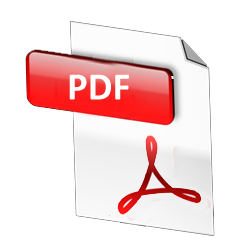Article 5423
| Title of the article |
METHODS OF PREPROCESSING SPEECH SIGNALS |
| Authors |
Valeriy V. Kozlov, Candidate of technical sciences, associate professor of the sub-department of information and measuring equipment and metrology, Penza State University (40 Krasnaya street, Penza, Russia), val.iit@mail.ru |
| Abstract |
Background. Automatic speech recognition technology faces a lot of difficulties. The complex structure of human speech combined with various noise effects makes this task very time-consuming. To simplify this task, preprocessing of speech signals is used, which can be carried out using various methods. Materials and methods. Preprocessing of speech signals includes a number of techniques and methods aimed at improving the quality of speech data and preparing them for further analysis. The article discusses the methods of preprocessing speech signals and provides directions for the application of these methods. An overview of some techniques of preprocessing speech signals is presented. Results and conclusions. The analysis of the most suitable methods for preprocessing speech signals is presented. |
| Key words |
speech signals, preprocessing, empirical modes decomposition, wavelet transform, Fourier transform |
 |
Download PDF |
| For citation: |
Kozlov V.V., Trofimov A.A., Fokina E.A., Ponomarev V.N., Zhukov T.O. Methods of preprocessing speech signals. Izmerenie. Monitoring. Upravlenie. Kontrol' = Measuring. Monitoring. Management. Control. 2023;(4):43–49. (In Russ.). doi: 10.21685/2307-5538-2023-4-5 |
Дата обновления: 11.01.2024 09:58


